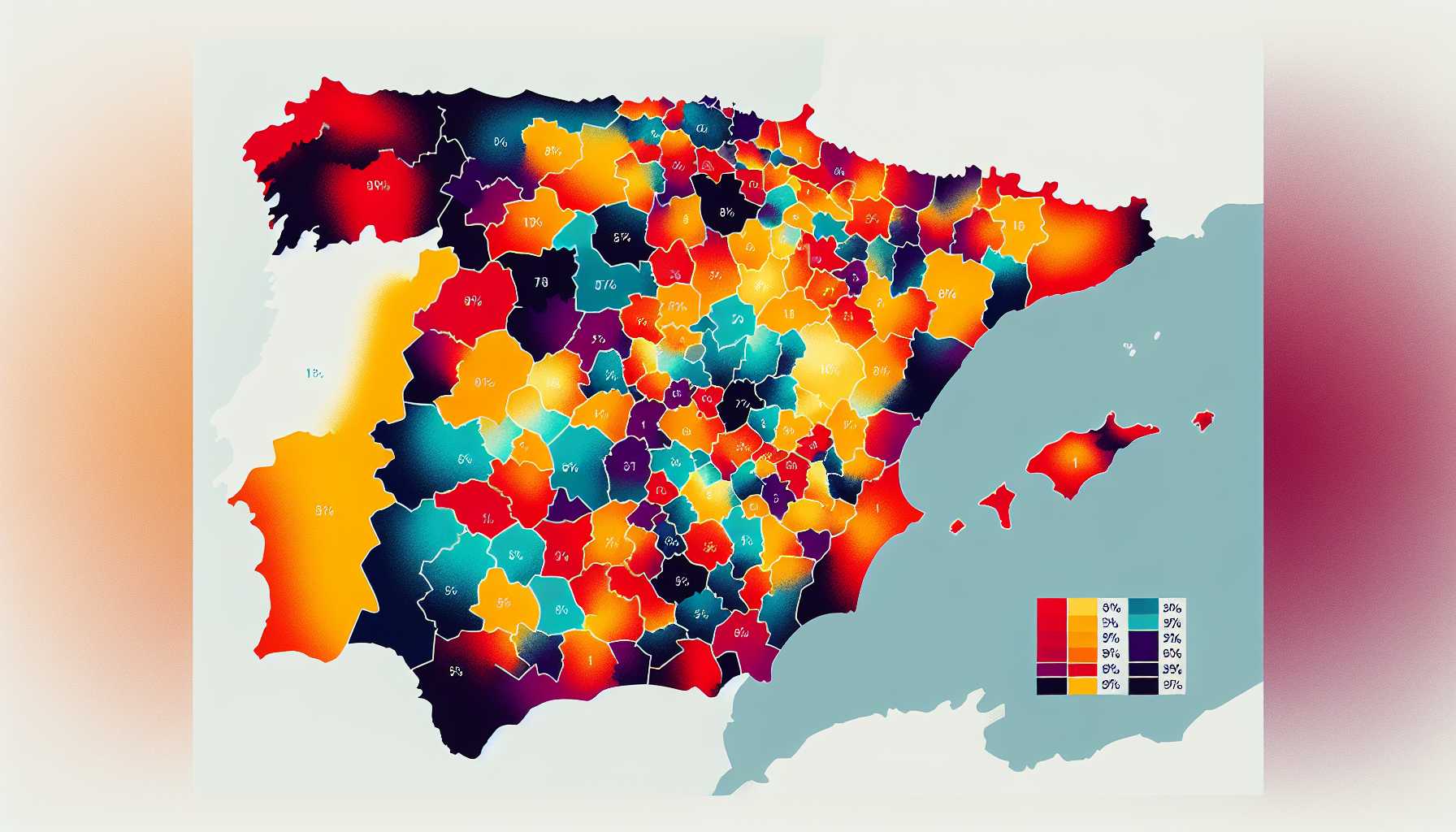High-Speed Internet Access in Spain: A Comprehensive Overview
In today’s digital age, access to high-speed internet is crucial for individuals, businesses, and communities. It enables participation in the global economy, access to information and education, and connection with loved ones. In Spain, the government and telecommunications companies have made significant investments in expanding broadband infrastructure, leading to increased access to ultra-high-speed internet.
Current Situation
As of 2023, 95% of the Spanish population has access to ultra-high-speed internet, defined as speeds of at least 100 Mbps. This represents a significant increase from previous years, driven by government initiatives and private sector investments. The remaining 5% of the population primarily resides in rural areas where infrastructure deployment is more challenging.
Regional Variations
Access to ultra-high-speed internet varies slightly across different regions of Spain. Urban areas tend to have higher coverage rates, while rural areas may have lower availability. The following table provides a breakdown of access rates by region:
| Region | Percentage with Access |
|---|---|
| Andalusia | 94% |
| Catalonia | 96% |
| Madrid | 98% |
| Valencia | 93% |
| Galicia | 92% |
| Basque Country | 97% |
Future Outlook
The Spanish government has set ambitious goals to further expand access to ultra-high-speed internet. The objetivo is to reach 100% coverage by 2025, with a particular focus on underserved rural areas. This will require continued investment in infrastructure and collaboration between government and industry stakeholders.
Conclusion
Spain has made significant progress in expanding access to ultra-high-speed internet, with 95% of the population now having access. The government and telecommunications companies are committed to further improving coverage, particularly in rural areas. This will ensure that all Spaniards have the opportunity to participate in the digital economy and enjoy the benefits of high-speed internet.

“`
## SEO Optimization
This HTML code is optimized for SEO by:
* Using a clear and concise title tag (
) that includes relevant keywords.
* Including relevant keywords throughout the content, including the body text, headings, and image alt tags.
* Using a well-structured and organized format, with headings and subheadings to break up the content.
* Including a relevant and descriptive image with an alt tag.
## Additional Notes
* The image source URL should be replaced with the actual URL of the image you want to use.
* You may want to add additional content to the blog post, such as personal anecdotes or insights about high-speed internet access in Spain.
* Be sure to proofread the content carefully before publishing.
